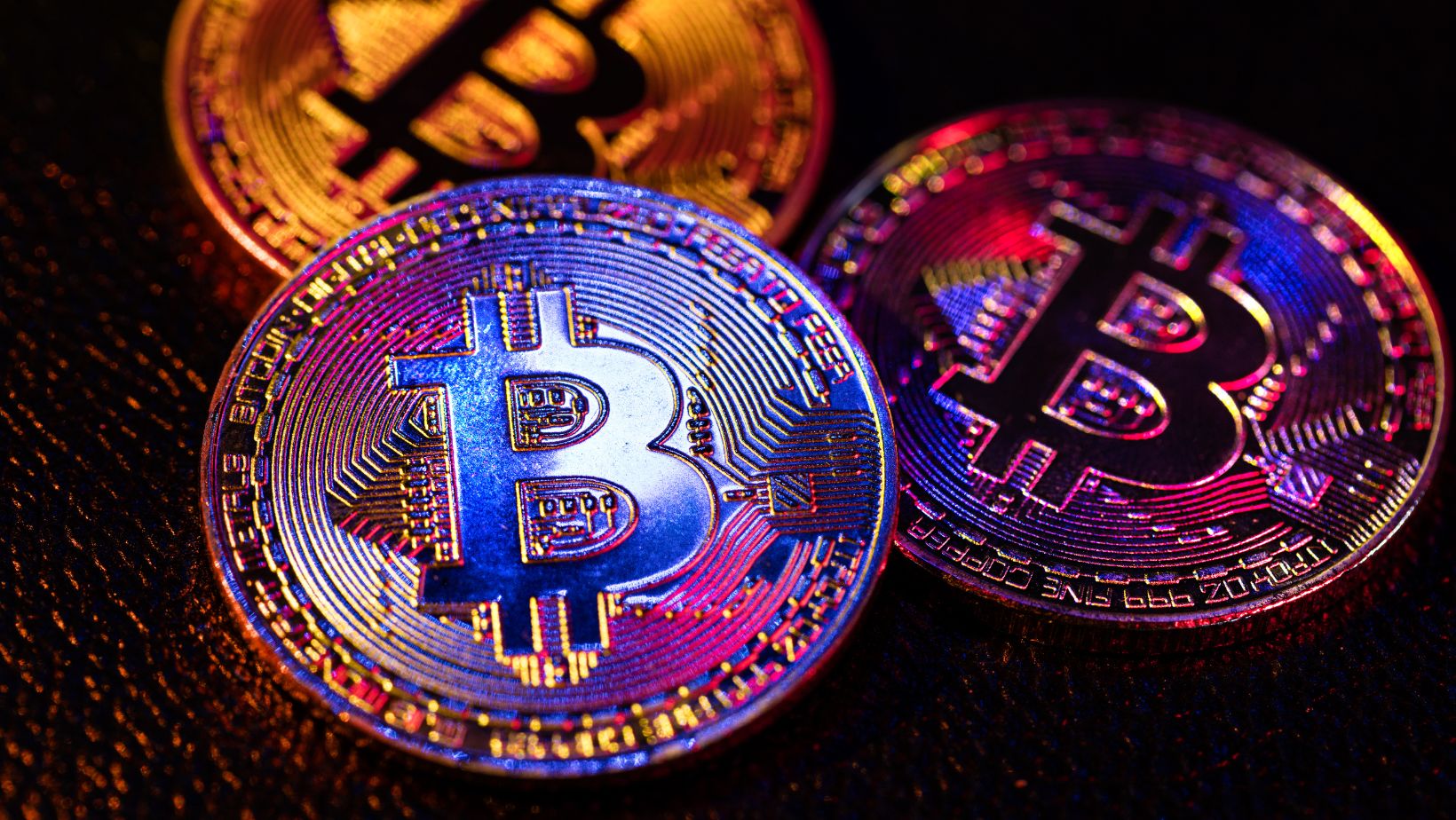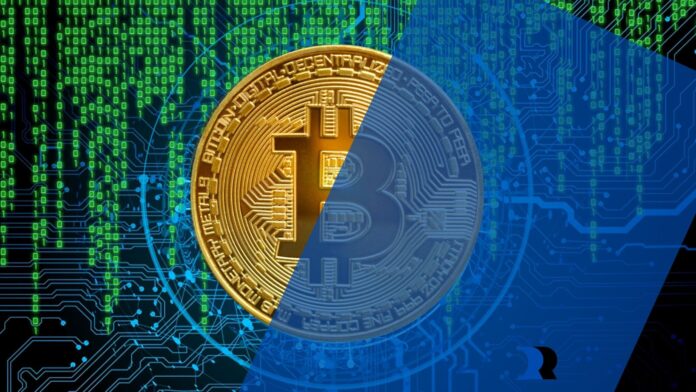Blockchain technology has revolutionized the way we handle data and transactions, introducing unparalleled transparency and security. Within the blockchain ecosystem, Bitcoin stands as the pioneer, showcasing the potential of decentralized digital currencies. However, as the blockchain world evolves, so does the need for automation to streamline on-chain data processes.
In this article, we will explore how Graphlinq plays a pivotal role in automating these processes within the Bitcoin network. Learn about the process of laying the foundations for eco-friendly Bitcoin transactions.
Understanding Bitcoin And On-Chain Data
Exploring the Fundamentals of Bitcoin
Bitcoin, often referred to as “digital gold,” is a decentralized digital currency that relies on a distributed ledger known as blockchain. To understand how Graphlinq is used to automate on-chain data processes, let’s first delve into the basics of Bitcoin:
How Bitcoin Transactions Work
At its core, a Bitcoin transaction involves the transfer of value from one participant to another within the network. These transactions are recorded on the Bitcoin blockchain, forming a chronological and immutable ledger.
The Role of Bitcoin’s Blockchain
The blockchain serves as a public ledger that records all Bitcoin transactions. It is maintained by a network of nodes, ensuring transparency and security.
Significance of On-Chain Data in the Bitcoin Network
On-chain data refers to information that is recorded directly on the blockchain. It plays a critical role in the Bitcoin network:
Transaction History and Ledger Transparency
Every Bitcoin transaction is publicly recorded on the blockchain, allowing anyone to verify transactions and audit the network’s financial history.
Security and Immutability of On-Chain Data
The Bitcoin blockchain’s immutability ensures that once data is recorded, it cannot be altered or deleted, providing robust security and trust in the network.

Graphlinq: A Comprehensive Overview
What is Graphlinq?
Graphlinq is an emerging blockchain automation platform that empowers developers to create dynamic workflows and automate on-chain processes. To understand its relevance in the context of Bitcoin, let’s explore the key aspects of Graphlinq:
History and Development
Graphlinq was developed to address the growing need for blockchain automation. Its development history and evolution have been shaped by the ever-expanding possibilities of blockchain technology.
Key Features and Capabilities
Graphlinq offers a range of features, including real-time data monitoring, smart contract execution, and integration with various blockchain networks, making it a versatile tool for developers.
The Role of Graphlinq in the Blockchain Ecosystem
Graphlinq plays a crucial role in automating on-chain data processes within the blockchain ecosystem:
Automating Smart Contracts
One of the primary use cases of Graphlinq is automating the execution of smart contracts. This automation enhances the efficiency and reliability of complex contract interactions on the Bitcoin network.
Integrating Off-Chain Data with On-Chain Processes
Graphlinq allows for the integration of off-chain data sources, such as APIs and external databases, with on-chain processes. This integration opens up new possibilities for real-world applications.
Benefits of Automating On-Chain Data Processes
Efficiency and Scalability
Automating on-chain data processes with Graphlinq offers several advantages:
Reducing Manual Interventions
Automation eliminates the need for manual execution of transactions, reducing the potential for errors and delays.
Handling Large Volumes of Data
Graphlinq can efficiently process large volumes of data, making it suitable for applications with high transaction volumes.
Accuracy and Reliability
Automation enhances the accuracy and reliability of on-chain processes:
Eliminating Human Errors
Manual data entry and execution are prone to human errors, which automation helps eliminate.
Ensuring Data Consistency on the Blockchain
Automated processes ensure that data is consistently and accurately recorded on the blockchain, maintaining its integrity.
Use Cases of Graphlinq in Bitcoin
Smart Contract Automation
Graphlinq’s capabilities shine in automating smart contracts on the Bitcoin network:
Examples of Automated Bitcoin Transactions
Real-world examples of automated Bitcoin transactions showcase the practicality of Graphlinq in executing complex contract logic.
Streamlining Complex Contract Executions
Complex smart contract interactions, such as decentralized finance (DeFi) protocols, can be streamlined and automated using Graphlinq.
Real-World Applications
Graphlinq’s automation extends beyond smart contracts, offering solutions for various real-world applications:
Supply Chain Management
Automating supply chain processes on the blockchain ensures transparency and traceability, reducing fraud and errors.
Graphlinq can facilitate the tokenization of real-world assets, making them tradeable on the Bitcoin blockchain, thereby unlocking new investment opportunities.

Challenges and Considerations
Security Concerns in Automation
As with any technology, there are security concerns associated with automating on-chain data processes:
Protecting Private Keys and Sensitive Data
The security of private keys and sensitive data is paramount when automating transactions on the Bitcoin blockchain.
Potential Vulnerabilities in Smart Contracts
Smart contracts can be susceptible to vulnerabilities, and developers must employ best practices to minimize risks.
Regulatory Compliance
Navigating regulatory frameworks is essential when automating on-chain data processes:
Navigating Legal Frameworks
Compliance with local and international regulations is crucial to avoid legal issues.
KYC and AML Considerations
Know Your Customer (KYC) and Anti-Money Laundering (AML) regulations may apply, particularly in financial applications.
The Future of On-Chain Data Automation
Emerging Trends in Blockchain and Automation
The blockchain space continues to evolve, with several emerging trends:
DeFi and Decentralized Applications
Decentralized finance (DeFi) and decentralized applications (dApps) are driving the demand for on-chain automation.
Interoperability Between Blockchain Networks
The ability to connect and automate processes across multiple blockchain networks is becoming increasingly important.
Potential Innovations and Developments in Graphlinq
Graphlinq’s future holds promise:
Upcoming Features and Enhancements
Graphlinq is likely to introduce new features and enhancements that expand its capabilities.
Collaborations and Partnerships
Collaborations and partnerships within the blockchain industry can lead to innovative use cases for Graphlinq.
Conclusion
In summary, the automation of on-chain data processes through the utilization of Bitcoin and Graphlinq presents a revolutionary solution that significantly elevates the effectiveness, precision, and dependability of blockchain applications. As the ever-evolving blockchain landscape advances, the significance of automation in managing on-chain data becomes progressively indispensable. With a promising future ahead, the world of blockchain automation is poised for growth, with Graphlinq leading the way in this captivating expedition.


